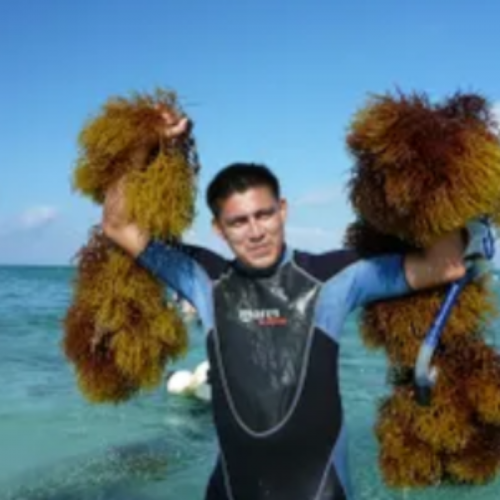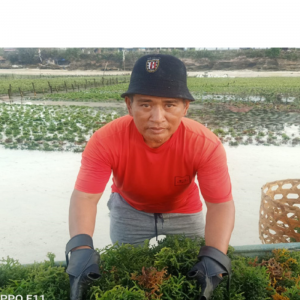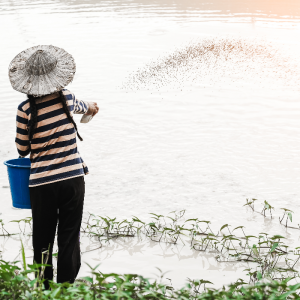
Where in The World Can Aquaculture Best Deliver for Nature and People?
| Fri, 11 Oct 2019 - 13:32
The first ever global spatial guidance for potential
sustainable shellfish and seaweed farming has been published, authored by
scientists from The Nature
Conservancy and the US National
Oceanic and Atmospheric Administration (NOAA).
Contrary to certain viewpoints, a growing body of evidence indicates that commercial shellfish and seaweed aquaculture – when done well – can actually have a positive effect on the surrounding environment, by removing nutrients from polluted water bodies and providing habitat for commercially important fish and invertebrates, while also providing food and jobs.
The Nature Conservancy (TNC) and partners have just published a new analysis in the scientific journal PLOS One that identifies the highest-opportunity regions around the world for the development of commercial shellfish and seaweed aquaculture to aid in ocean ecosystem recovery, while providing economic and social benefit.
The study is the first of its kind in examining the global potential for this concept – which we like to refer to as “restorative aquaculture”. The collaboration is between scientists at TNC, NOAA’s National Ocean Service National Centers for Coastal Ocean Science (NCCOS) and the University of Adelaide, Australia. It brings together global-scale spatial datasets representing key environmental, socioeconomic and human health considerations.

The potential benefits of restorative aquaculture are being explored by researchers from the US and Australia
The study focuses on where governments, international
development organisations and investors should prioritise new efforts to drive
changes in public policy, capacity-building and business planning to realise
the full ecological and socio-economic potential of restorative shellfish and
seaweed aquaculture.
We found that the top 10 highest-opportunity regions for shellfish aquaculture development are centred in Europe, Oceania and North America, while the highest for seaweed aquaculture centred in Europe, Asia, Oceania and South America.

Europe’s North Sea marine ecoregion was consistently
identified as the highest-opportunity marine ecoregion for restorative
shellfish and seaweed aquaculture development. The region’s coastal waters
suffer some of the world’s most substantial nutrient pollution, wide scale loss
of shellfish reefs and significant fishing pressures. This analysis shows that
commercial seaweed and shellfish farming could help to address some of the
pressing ecological challenges in this and other high-opportunity marine ecoregions.
Some identified high-opportunity marine ecoregions, such as the East China Sea, are already home to robust shellfish and seaweed aquaculture industries. In such cases, the evidence suggests that reform or modifications in aquaculture practices could improve or optimise the ecological benefits generated by these existing farms.
Other high-opportunity regions, such as the Southern California Bight, currently have limited or virtually no existing bivalve and seaweed aquaculture operations and could benefit environmentally and economically from their development. And others, like north-eastern New Zealand, have an active shellfish aquaculture industry, but do not have an established seaweed aquaculture industry, which could help provide additional ecological function.
In regions where funds to support traditional coastal-ecosystem restoration efforts are limited – particularly within low- or lower-middle-income nations – the development of shellfish and seaweed aquaculture sectors could also present a significant opportunity to aid coastal-ecosystem recovery efforts and economic development.
The ultimate findings of the study reveal that there are marine ecoregions within all inhabited continents that have significant potential for shellfish and seaweed aquaculture to provide benefits to both ecosystems and people. The opportunity for restorative aquaculture is truly global, in other words – a prospect that will excite and energise individuals and organisations across this fast-moving sector.
Source : The Fish Site






















